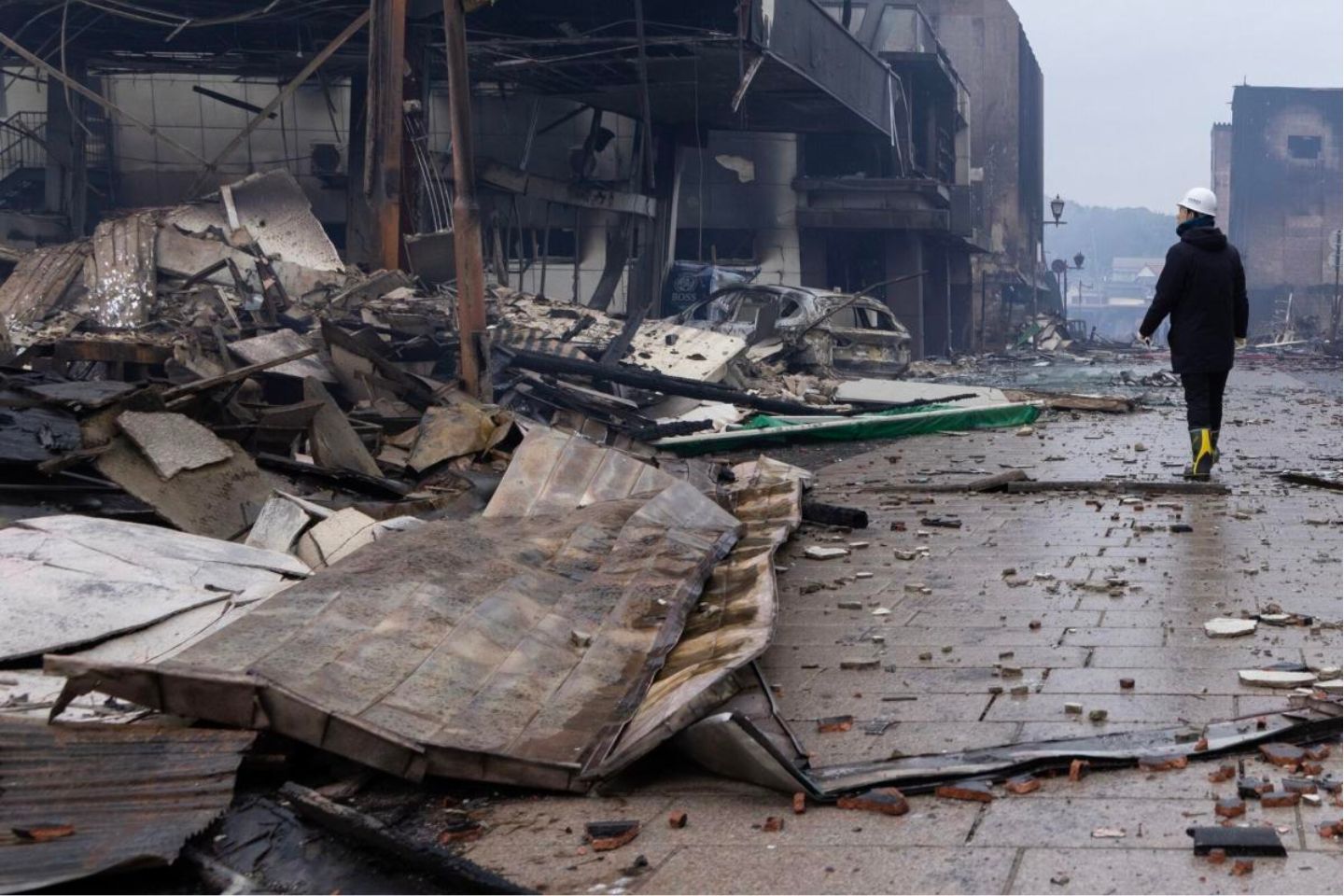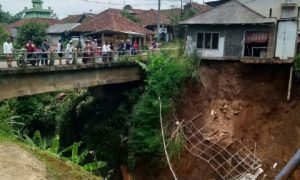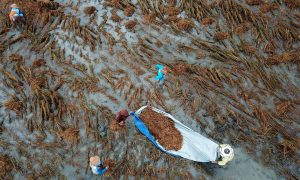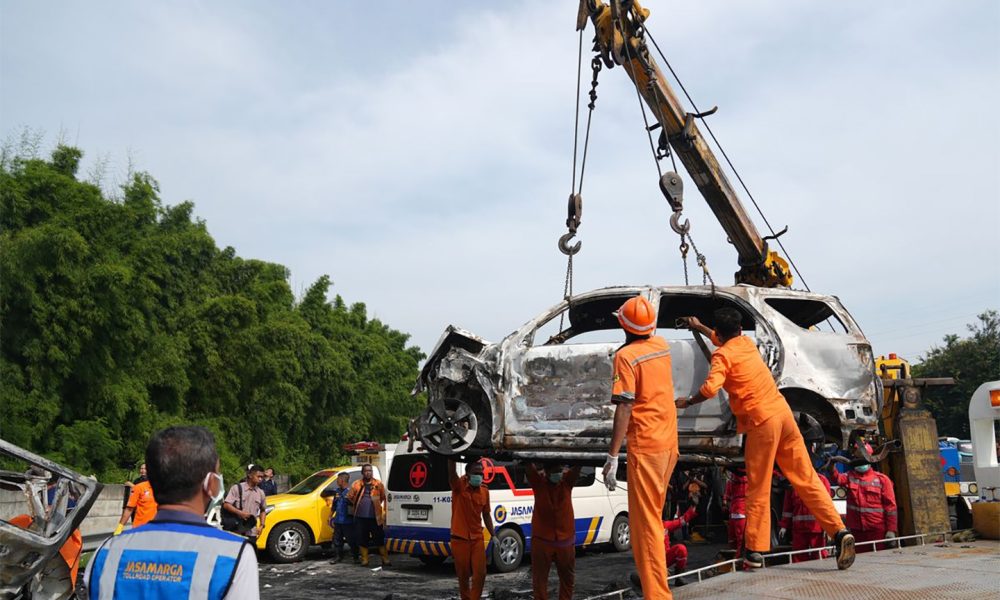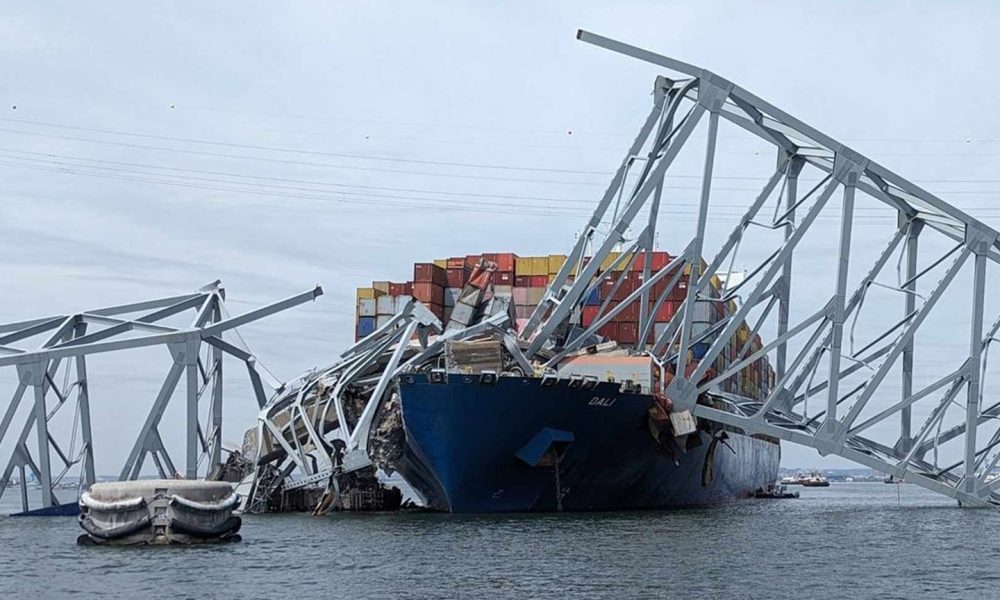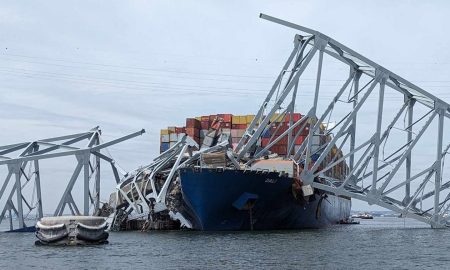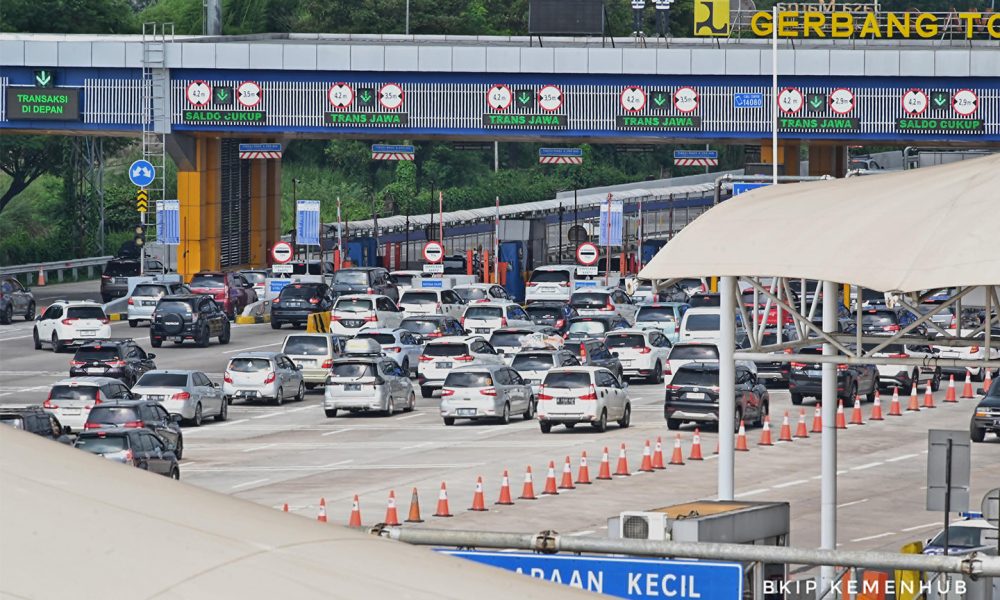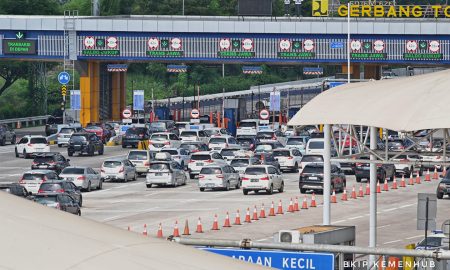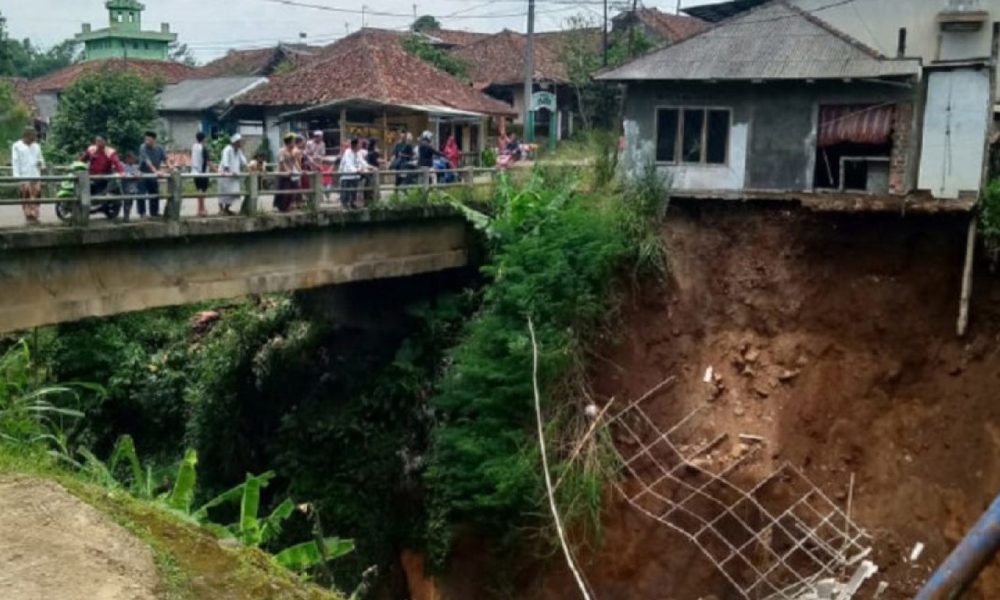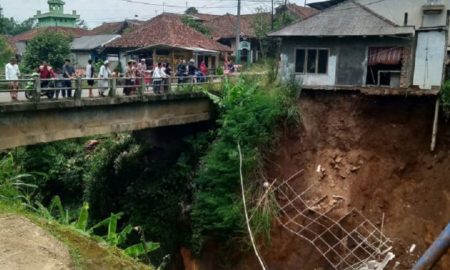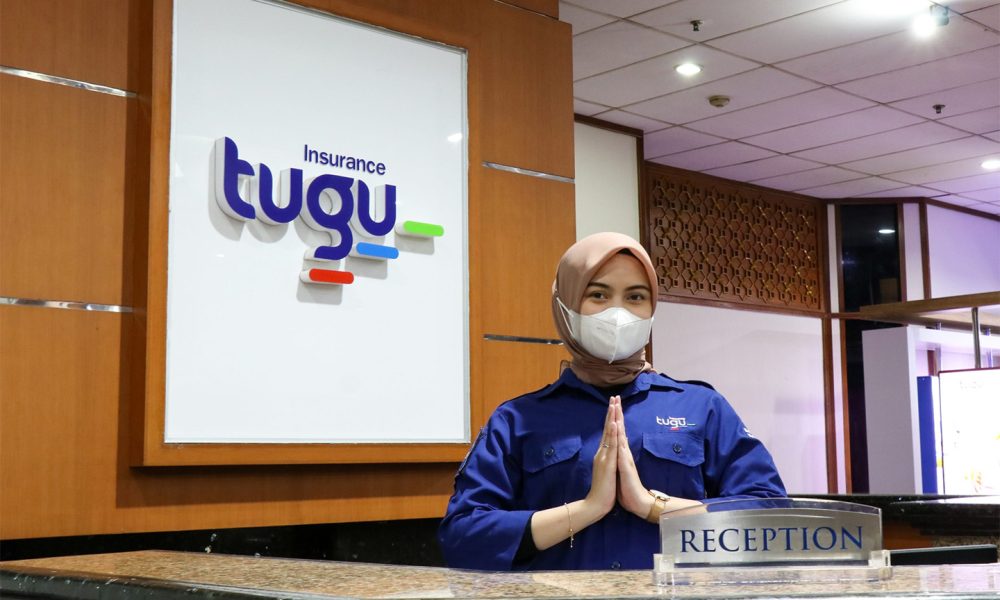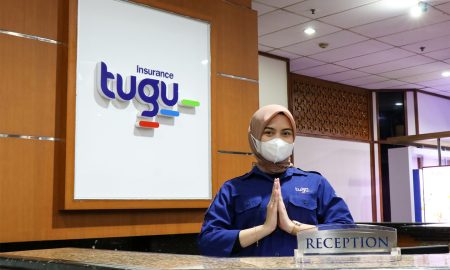Liga Asuransi – Dear risk takers.
As we step into the promising realm of 2024, I extend my sincere wishes for continued prosperity and success in all your endeavors. May the unfolding year bring forth even greater achievements and elevate your business endeavors to new heights. Here’s to navigating risks, embracing opportunities, and realizing unparalleled success in the coming year. Cheers to a thriving 2024!
As an insurance broker, navigating through the intricate tapestry of coverage and protection, I bring forth a report that transcends the numerical nuances. This is not just a recounting of seismic magnitudes and fault lines but a narrative that delves into the heart of human endurance and rebuilding.
If you are interested in this article, please share it with your friends so they can understand as much as you do.
The 2024 Noto Peninsula Earthquake, etched into the annals of our coverage, unravels as a testament to our shared journey of safeguarding dreams, navigating disasters, and stitching together the fabric of recovery. This report is not just about policies; it’s about the warmth of protection in the face of adversity.
As the earth trembled, so did the hearts of a nation familiar with the echoes of seismic adversity. Amidst the aftershocks, a resilient Japan emerged, weaving a tale of restoration, compassion, and fortitude. This is the story of a seismic dance that transformed tragedy into a testament of strength, uniting a nation in the embrace of recovery.
Noto Peninsula Earthquake
On January 1, 2024, at 16:10 JST (07:10 UTC), the tranquil Noto Peninsula in Ishikawa Prefecture, Japan, was abruptly thrust into seismic chaos. A formidable earthquake, registering a magnitude of MJMA7.6 or Mw7.5, shattered the region’s serenity, leaving an indelible mark on the country. This seismic convulsion was the most powerful Japan had witnessed since the 2015 Ogasawara earthquake.
Embedded within Japan’s intricate tectonic tapestry, the Noto Peninsula has long been ensconced in a network of earthquake zones and three years of an ominous earthquake swarm in the peninsula’s northeastern tip foreshadowed the intensity of the 2024 quake, overshadowing a notable Mw 6.3 event in May 2023.
The earthquake’s epicenter, situated 7 km north-northwest of Suzu, rippled its impact far beyond geographical confines. Shika, Ishikawa Prefecture, experienced the highest seismic intensity since 2018, reaching Shindo 7. The tremors reverberated, felt even in the distant urban sprawl of Tokyo and as far north as Aomori Prefecture.
The Japan Meteorological Agency (JMA) officially dubbed this seismic episode the 2024 Noto Peninsula Earthquake. Its geophysical dynamics, marked by shallow reverse faulting along the convergent boundary between the Okhotsk and Amurian Plates, set in motion Japan’s first major tsunami warning since the harrowing 2011 Tōhoku earthquake.
A tsunami, measuring over 1.2 meters, surged along the tranquil waters of the Sea of Japan, impacting coastal areas with unwavering force. The picturesque Wajima port bore witness to waves carving their path, altering the coastal landscape.
In the wake of the seismic upheaval, Japan’s recovery efforts swung into action. With resilience forged through historical seismic adversities, the government initiated a meticulous assessment of damage and potential casualties. However, these efforts faced challenges, notably in Wajima city, where a major fire erupted, casting shadows over rescue operations.
As the nation grapples with the aftermath, the 2024 Noto Peninsula Earthquake serves as a poignant reminder of Japan’s perpetual dance with seismic forces. This narrative unfolds not just as a tale of geological upheaval but as a testament to the nation’s unwavering resilience and the perpetual struggle to find balance amidst the seismic symphony that shapes its landscape.
Earthquake Chronicles
In the quietude of the Noto Peninsula, on January 1, 2024, the earth convulsed, heralding the arrival of the seismic juggernaut officially christened the 2024 Noto Peninsula Earthquake by the Japan Meteorological Agency (JMA). This seismic spectacle unfolded a mere 7 km north-northwest of Suzu, setting in motion a series of unprecedented events.
What followed was Japan’s inaugural major tsunami warning since the haunting 2011 Tōhoku earthquake. The Sea of Japan bore witness to a formidable tsunami, rising over 1.2 meters, a poignant reminder of nature’s unrestrained might.
This seismic upheaval finds its roots in the tectonic ballet of the Noto Peninsula. A three-year earthquake swarm preceded the cataclysm, the latest quake eclipsing the intensity of its predecessors, notably a significant event in May 2023. This picturesque region, nestled on a convergent boundary, becomes a battleground for the subduction of multiple plates, marking the seismic crescendo of Japan’s intricate geological narrative. The 2024 earthquake, a seismic maestro, claimed the title of the strongest in the Sea of Japan region since 1983, etching its place in the seismic annals of the nation.
Fault Model and Displacement
The seismic saga of the 2024 Noto Peninsula Earthquake unravels through the lens of the USGS’s finite fault model, providing a granular understanding of its geophysical dynamics. The fault rupture, spanning an expansive 200 km from southeast of the Noto Peninsula to Sado Island, paints a vivid picture of the seismic energy unleashed. The finite fault model reveals the largest slip occurring both northeast and southwest of the hypocenter, with a staggering 3.67 m displacement beneath the peninsula. The orchestration of crustal deformation amplifies the seismic narrative, causing significant westward shifts in parts of the country.
Analyzing this fault model not only unveils the sheer magnitude of the earthquake but also offers valuable insights into the complexities of the underlying geological processes. The rupture’s extensive reach underscores the seismic connectivity between distant regions, adding nuance to our understanding of the earthquake’s propagation.
Intensity and Impact
The Japan Meteorological Agency (JMA) provides a crucial lens through which we gauge the seismic intensity and consequent impact of this formidable event. The recorded maximum seismic intensity of 7 (Shindo 7) in Shika, Ishikawa Prefecture, signifies the highest level on the JMA’s scale, indicating the profound intensity experienced at the epicenter.
The ripple effect of this seismic crescendo extends far beyond, with reports of the earthquake being felt across a vast expanse – from the bustling metropolis of Tokyo to the serene landscapes of Aomori Prefecture. The seismic waves traverse diverse terrains, leaving an indelible mark on the collective psyche of regions distant from the epicenter.
Emergency services, now at the forefront, engage in a meticulous assessment of the aftermath. The seismic impact echoes through the ongoing evaluation of damage and the potential toll on human lives. This multifaceted analysis serves as a critical foundation for strategic decision-making in the realm of disaster response and recovery.
In a holistic assessment, the fault model and intensity analysis weaves a comprehensive narrative of the 2024 Noto Peninsula Earthquake. From the intricacies of fault rupture to the far-reaching impact on communities, this seismic event demands a multidimensional understanding, essential for fortifying resilience against the unpredictable forces of nature.
Navigating the Waves
The seismic symphony that unfolded on January 1, 2024, not only shook the grounds of the Noto Peninsula but also resonated with Japan’s haunting memories of the 2011 Tōhoku earthquake. Triggering the nation’s first major tsunami warning since that devastating event, the 2024 earthquake manifested its power through a tsunami measuring over 1.2 m that surged along the Sea of Japan, leaving an indelible mark on coastal regions, notably impacting the Wajima port.
The intricate geophysical choreography of the earthquake, characterized by shallow reverse faulting along the convergent boundary between the Okhotsk and Amurian Plates, served as the orchestrator of these tsunamis. This interplay of tectonic forces beneath the ocean’s surface, fueled by the seismic energy released, underscores the interconnectedness of Japan’s geological landscape and the consequential impact on its coastal dynamics. The echoes of this seismic performance provide invaluable insights for coastal preparedness and disaster mitigation strategies, emphasizing the imperative of understanding the nuanced relationship between earthquakes and tsunamis.
The Post-Earthquake Recovery Challenges in Japan
In the wake of the 2024 Noto Peninsula Earthquake, Japan embarked on a resilient journey of recovery. The Japanese government, spearheading the restoration, diligently assessed the widespread material damages and potential casualties. Emergency services grappled with formidable challenges, notably in Wajima city, where a major fire erupted, intensifying the complexity of rescue operations.
The financial toll and impact on Japan’s stability loomed large as the Geospatial Information Authority of Japan meticulously documented land movements, adding intricacy to the recovery efforts. The holistic approach to rebuilding unfolds against the backdrop of a nation striving to restore physical structures and its societal and economic equilibrium.
Exploring Insurance Coverage
In the aftermath of the 2024 Noto Peninsula Earthquake, the intricate web of insurance coverage unfolded as a critical aspect of Japan’s recovery. As an insurance broker, delving into the details of this seismic event reveals the complex interplay between policies and the resilience of the insured.
The earthquake, marking a significant chapter in Japan’s seismic history, prompted a thorough review of insurance coverage. Property insurance claims surged, reflecting the widespread damages incurred by businesses and homeowners. Additionally, business interruption policies came under scrutiny as the quake disrupted operations, amplifying financial losses.
This seismic event not only tested the robustness of insurance policies but also posed challenges to the Japanese insurance program’s world insurance capacity. The surge in claims, coupled with the need for reassessing risk models in the face of evolving seismic patterns, undoubtedly influenced global reinsurers and the broader insurance market.
As Japan navigates the intricate process of recovery, insurance becomes a beacon of financial stability for those affected. The industry’s response and adaptability to such seismic challenges redefine the contours of coverage, reaffirming the symbiotic relationship between insurers and the insured in the face of unforeseen disasters.
Navigating Risk Management
In the wake of the 2024 Noto Peninsula Earthquake, the realms of risk management and insurance responded with agility and adaptability to navigate the unprecedented challenges posed by this seismic event.
- Risk Assessment and Mitigation
Insurers engaged in an exhaustive reassessment of seismic risk models, incorporating the latest data from the Noto Peninsula earthquake. This proactive approach enabled insurers to refine risk profiles, fostering more accurate underwriting practices and tailored coverage.
- Comprehensive Coverage Evaluation
The earthquake prompted a meticulous evaluation of existing insurance policies, particularly property and business interruption coverage. Adjustments were made to ensure that policies adequately addressed the evolving seismic landscape, providing comprehensive protection against property damages and operational disruptions.
- Enhanced Catastrophe Modeling
Insurers leveraged advanced catastrophe modeling to simulate potential future seismic scenarios. This forward-looking approach allowed insurance providers to anticipate and prepare for emerging risks, contributing to a more resilient insurance response.
- Collaboration with Reinsurers
The seismic impact of the Noto Peninsula earthquake prompted a collaboration between insurers and reinsurers. Shared data and insights facilitated a collective understanding of the financial implications, enabling the industry to absorb the shocks collectively and maintain the stability of the broader insurance market.
- Customer-Centric Claims Handling
In response to the surge in claims, insurers adopted a customer-centric approach to claims handling. Streamlined processes, empathetic communication, and expedited settlements aimed to alleviate the financial burdens on policyholders, fostering trust in the insurance industry’s ability to provide timely support during crises.
- Innovation in Coverage Solutions
The earthquake spurred innovation in insurance products, focusing on developing coverage solutions that address the unique challenges posed by seismic events. Parametric insurance, for instance, gained traction, offering policyholders swift payouts based on predefined triggers, streamlining the claims process, and enhancing financial resilience.
- Public-Private Partnerships
Governments and insurers collaborated to strengthen public-private partnerships in managing seismic risk. This collaborative approach involved sharing data, expertise, and resources to develop effective risk management strategies and ensure a coordinated response to future seismic events.
The insurance industry’s responses to the 2024 Noto Peninsula Earthquake underscore its adaptability and commitment to evolving alongside emerging risks. Through proactive risk management, comprehensive coverage solutions, and collaborative efforts, insurers contributed to the resilience of the affected communities and the broader insurance landscape.
Lessons Learned
The seismic ripples of the 2024 Noto Peninsula Earthquake have left indelible imprints on the landscape of risk management and insurance. Key lessons emerge as guiding beacons for the industry:
- Dynamic Risk Assessment
The earthquake underscores the importance of dynamic risk assessment. As seismic patterns evolve, insurers must continuously refine risk models to accurately evaluate and mitigate potential impacts, ensuring resilience against unforeseen disasters.
- Policy Adaptability
The seismic event prompts a reevaluation of insurance policies. Ensuring adaptability and responsiveness in coverage, particularly for property and business interruption, is imperative to address the unique challenges posed by seismic activities.
- Collaborative Resilience
Collaboration between insurers, reinsurers, and governments is pivotal. Shared data, insights, and resources foster a collective understanding of risks, enabling a coordinated response that enhances the industry’s resilience and supports affected communities.
- Customer-Centric Claims Handling
The surge in claims highlights the need for a customer-centric approach to claims handling. Streamlined processes, transparent communication, and expedited settlements contribute to restoring confidence and ensuring timely financial support for policyholders.
- Innovation in Coverage Solutions
Innovation in insurance products is essential. Exploring parametric insurance and other innovative coverage solutions offers policyholders swift and tailored financial support, particularly in the aftermath of seismic events.
Conclusion
The 2024 Noto Peninsula Earthquake has sculpted a narrative of resilience and adaptation within the realms of risk management and insurance. As we navigate the aftermath, the industry emerges with a renewed commitment to dynamic risk assessment, policy adaptability, collaboration, customer-centricity, and innovation. These lessons learned not only fortify the sector against seismic uncertainties but also redefine its role in fostering stability and support for those impacted.
The seismic echoes of the Noto Peninsula earthquake resonate as catalysts for positive change, compelling the insurance industry to evolve alongside the ever-shifting landscape of risks and recovery.
Source References:
In weaving the comprehensive account of the 2024 Noto Peninsula Earthquake and its aftermath, the narrative of this article draws from various articles published online. These sources contribute to the nuanced understanding of seismic events, recovery efforts, and the dynamic landscape of risk management and insurance.
This article is presented by L&G Insurance Broker. Indonesia’s Primer Insurance Broker.
—
LOOKING FOR INSURANCE PRODUCTS? DON’T WASTE YOUR TIME AND CONTACT US RIGHT NOW
L&G HOTLINE 24 HOURS: 0811-8507-773 (CALL – WHATSAPP – SMS)
website: lngrisk.co.id
E-mail: customer.support@lngrisk.co.id
—



